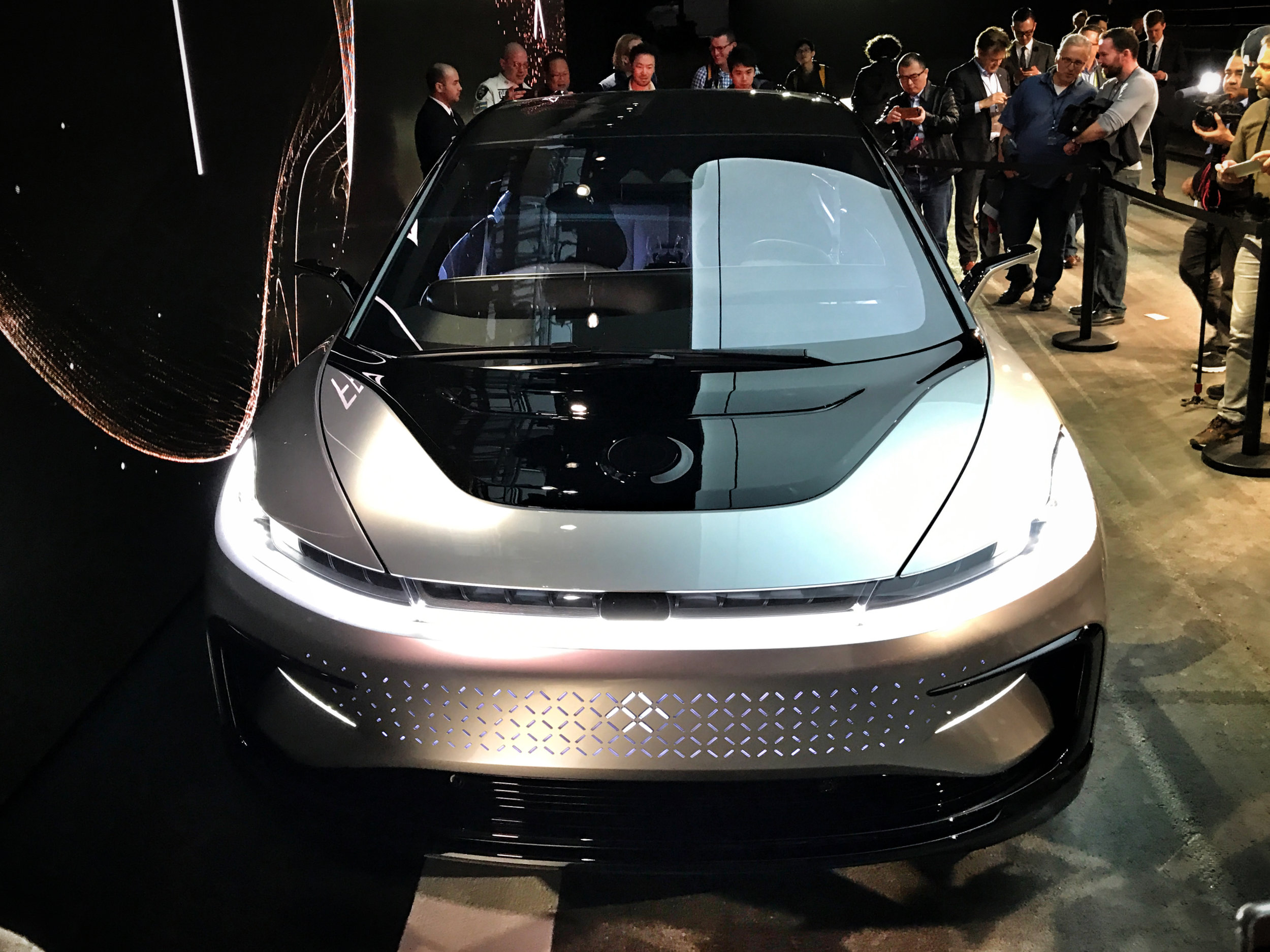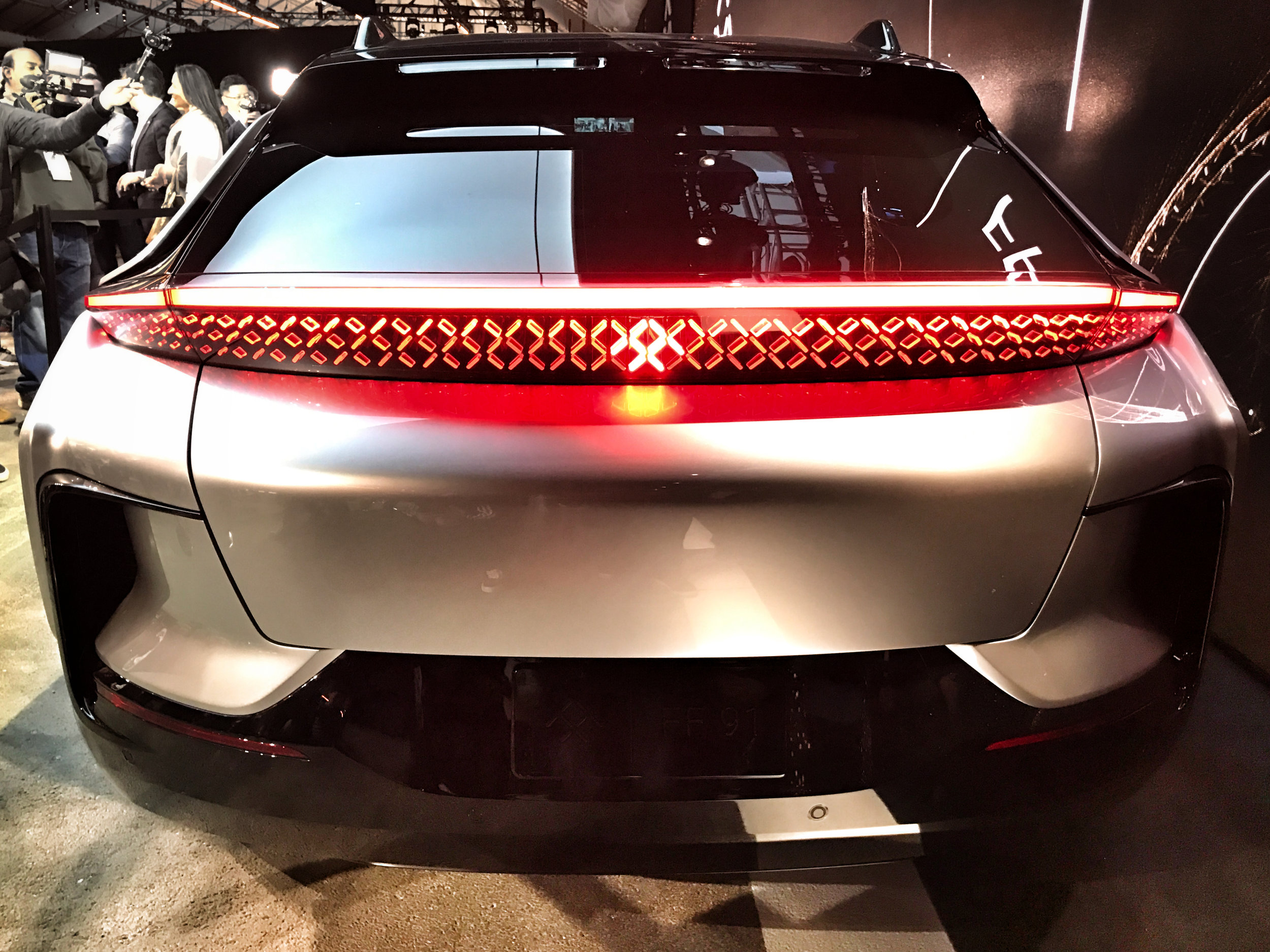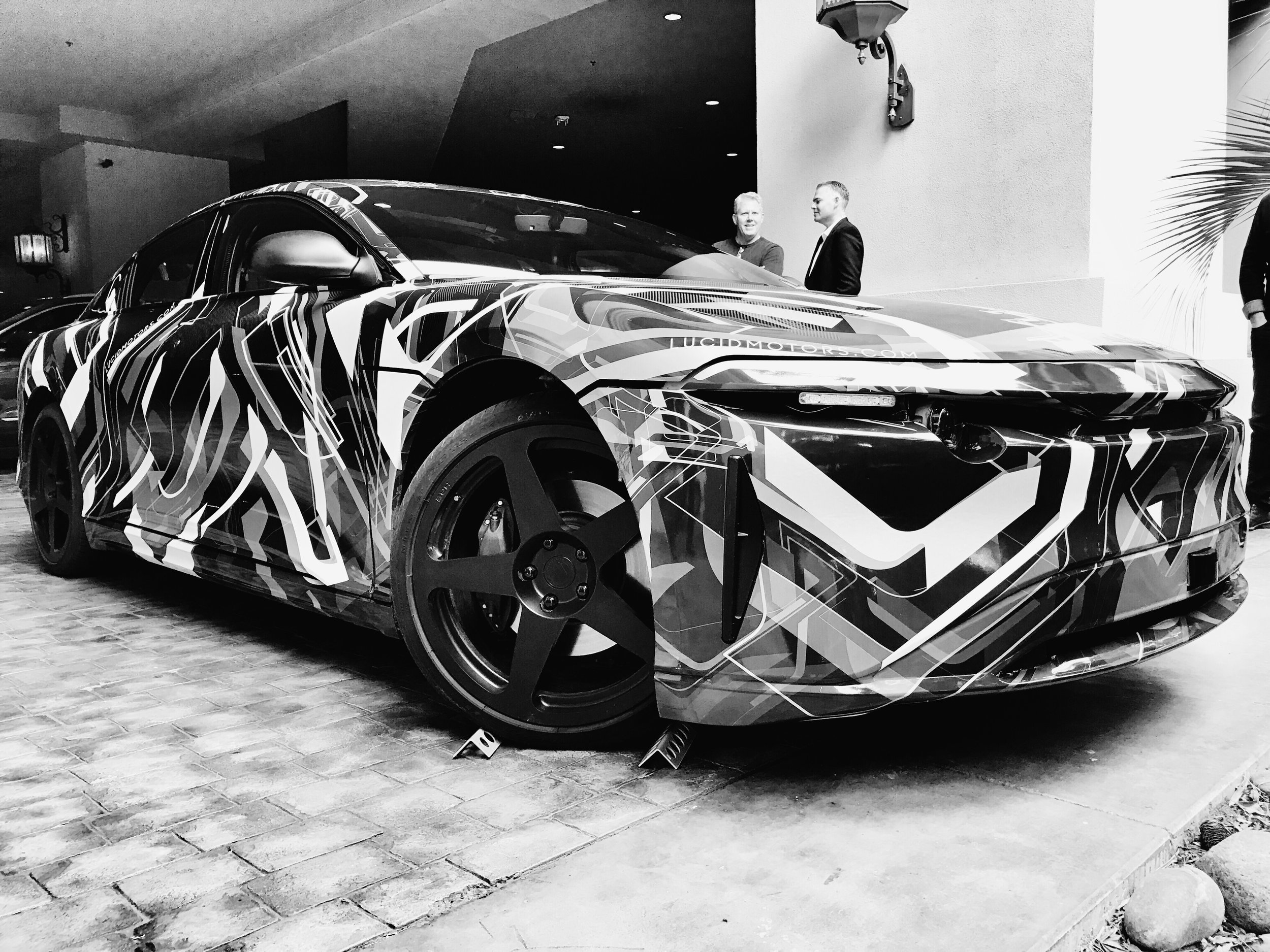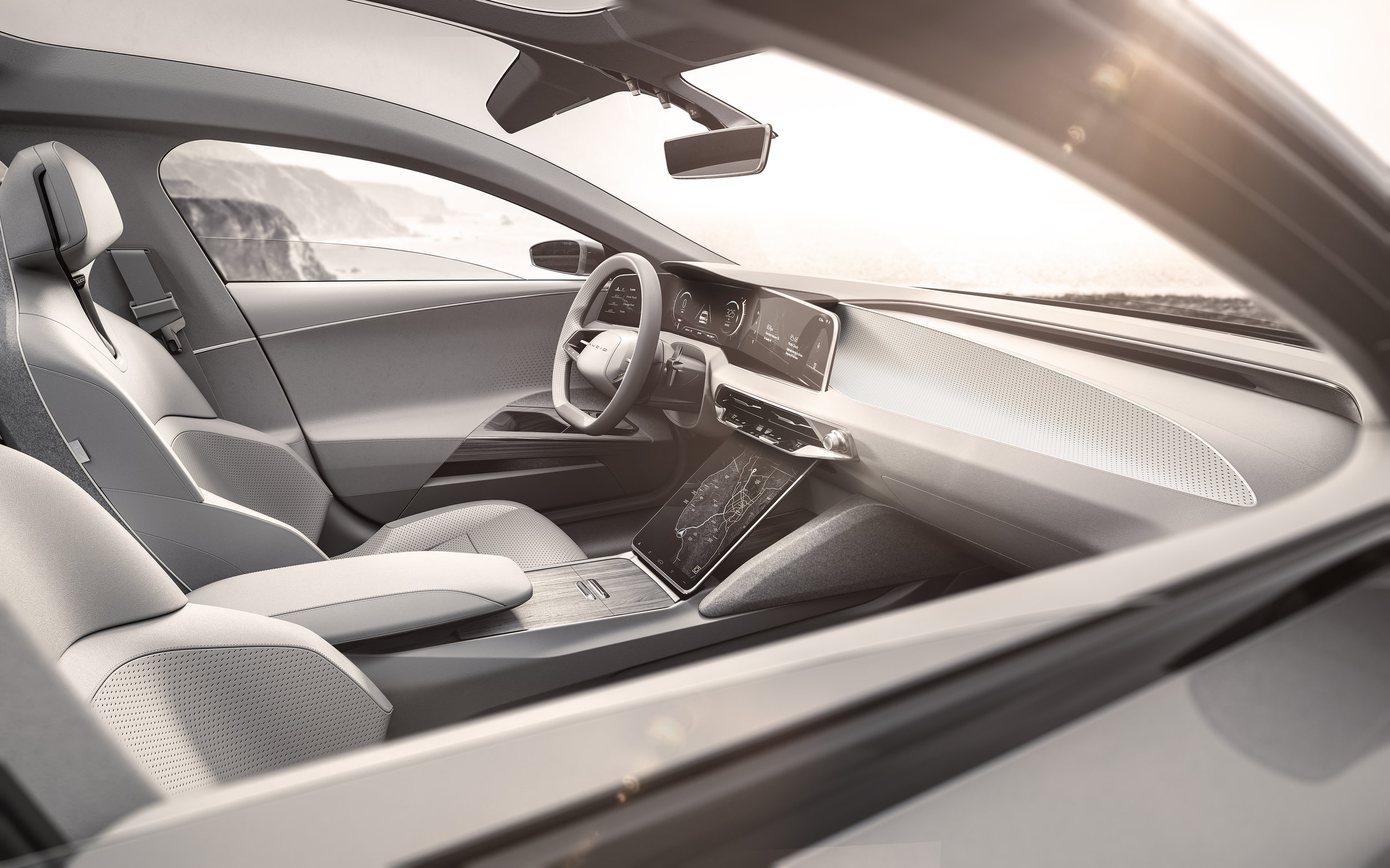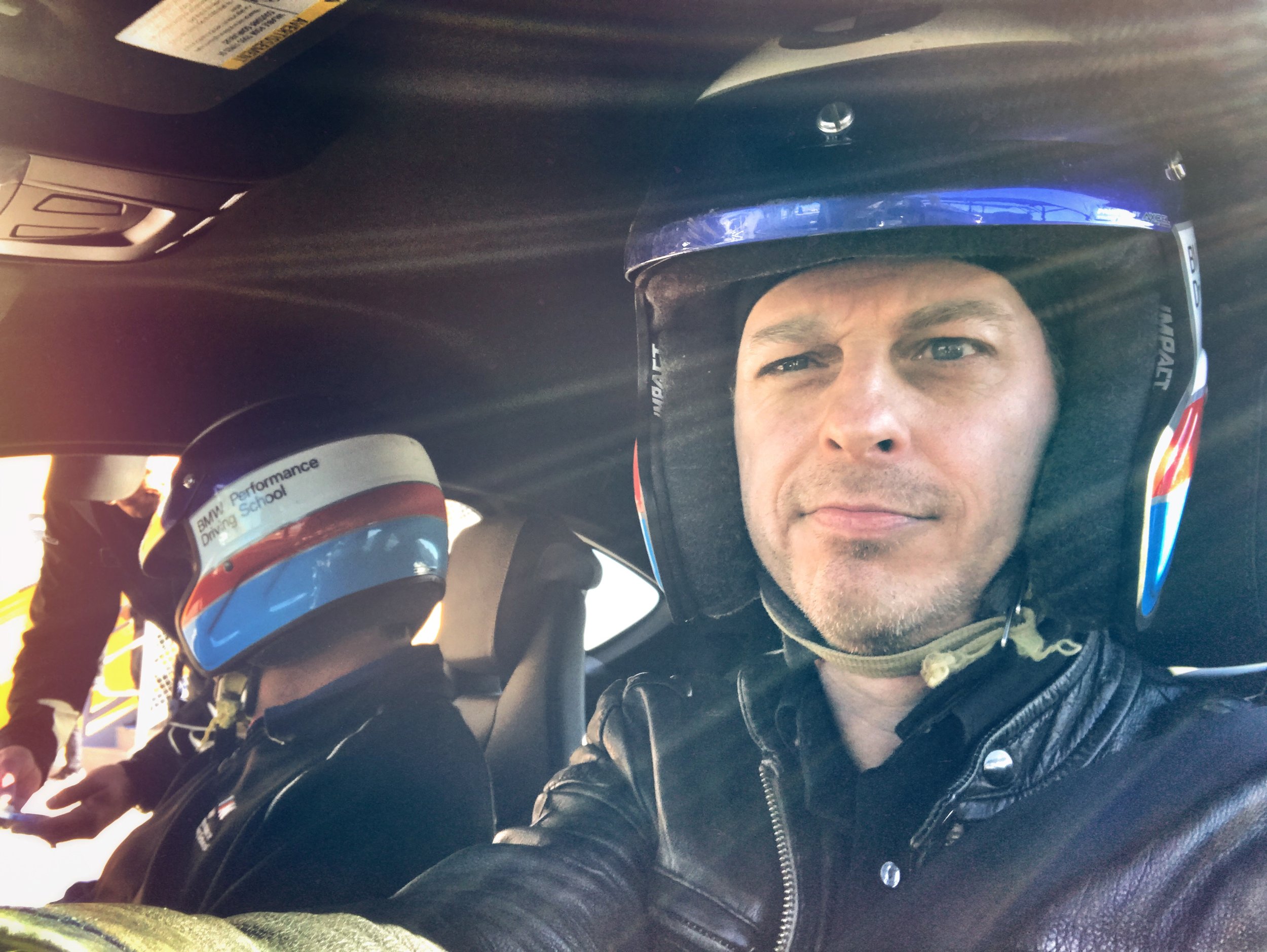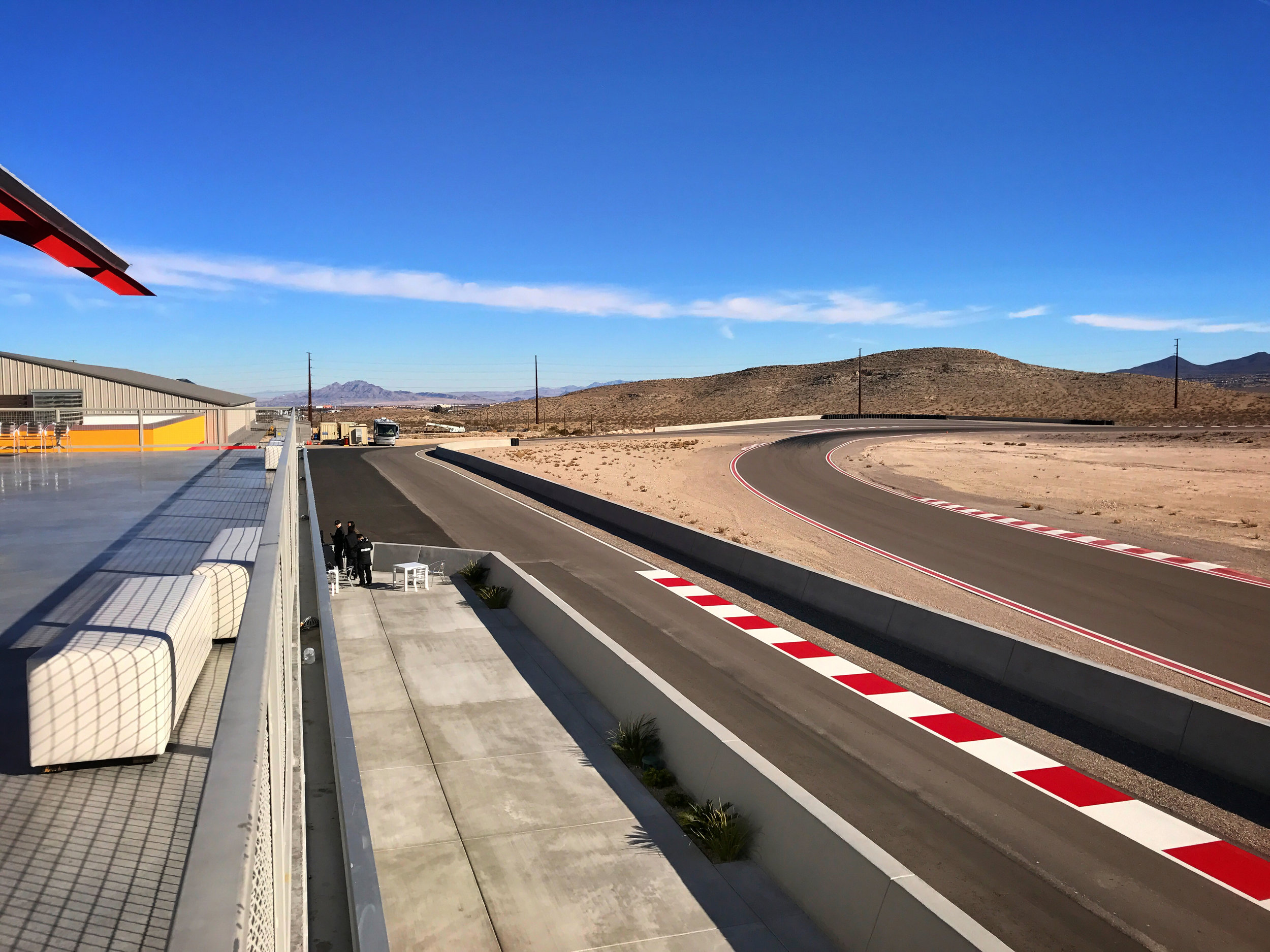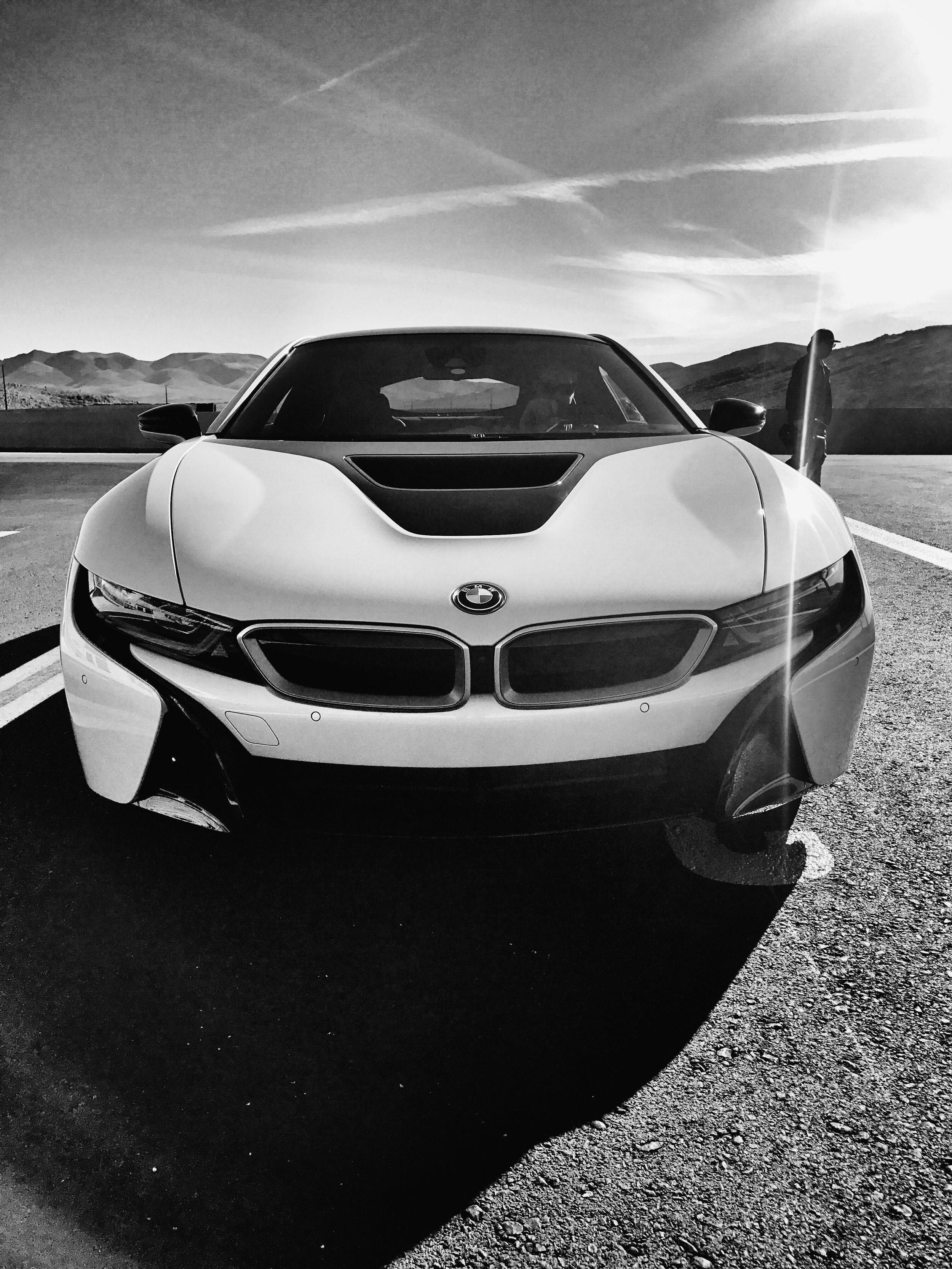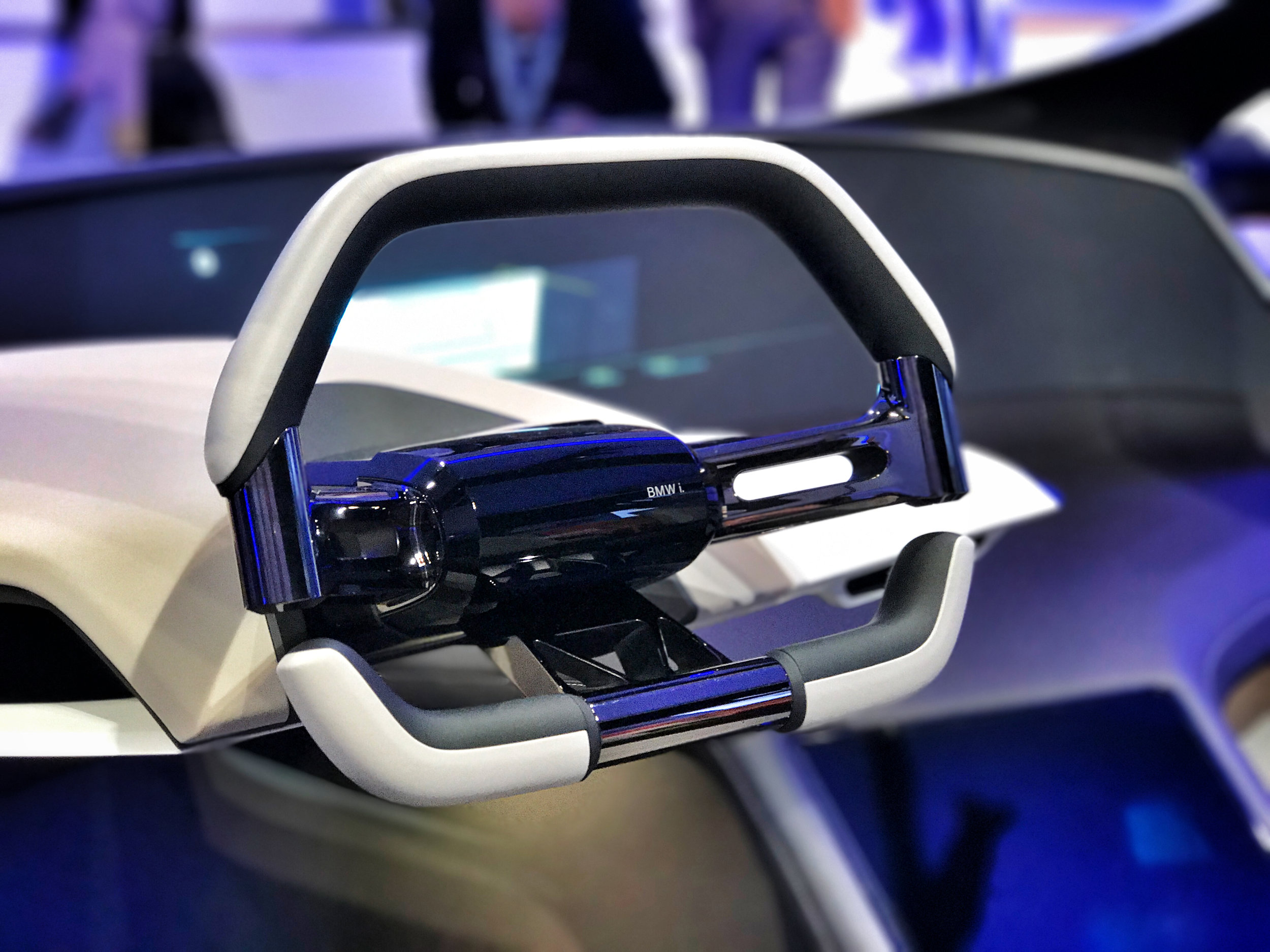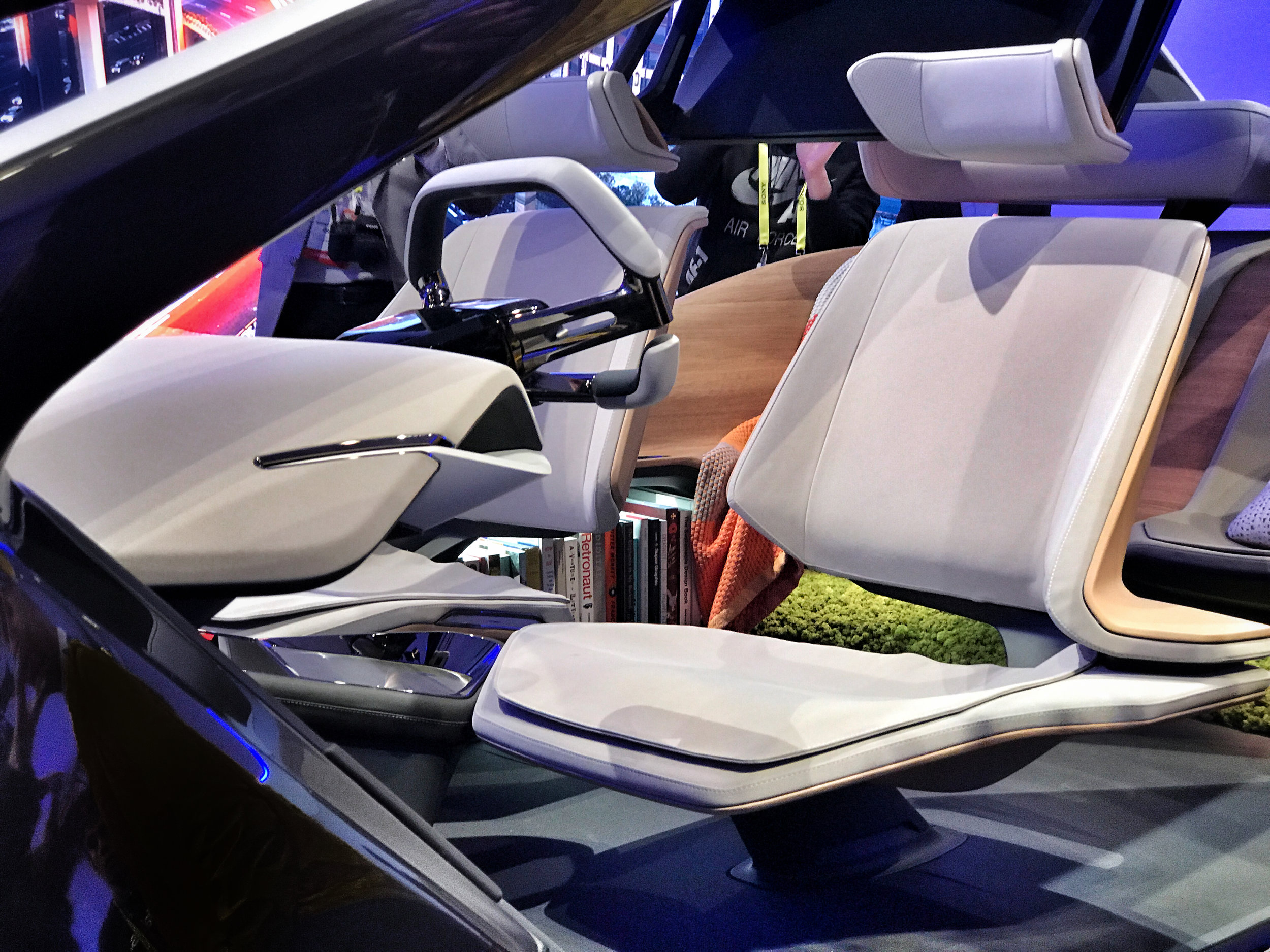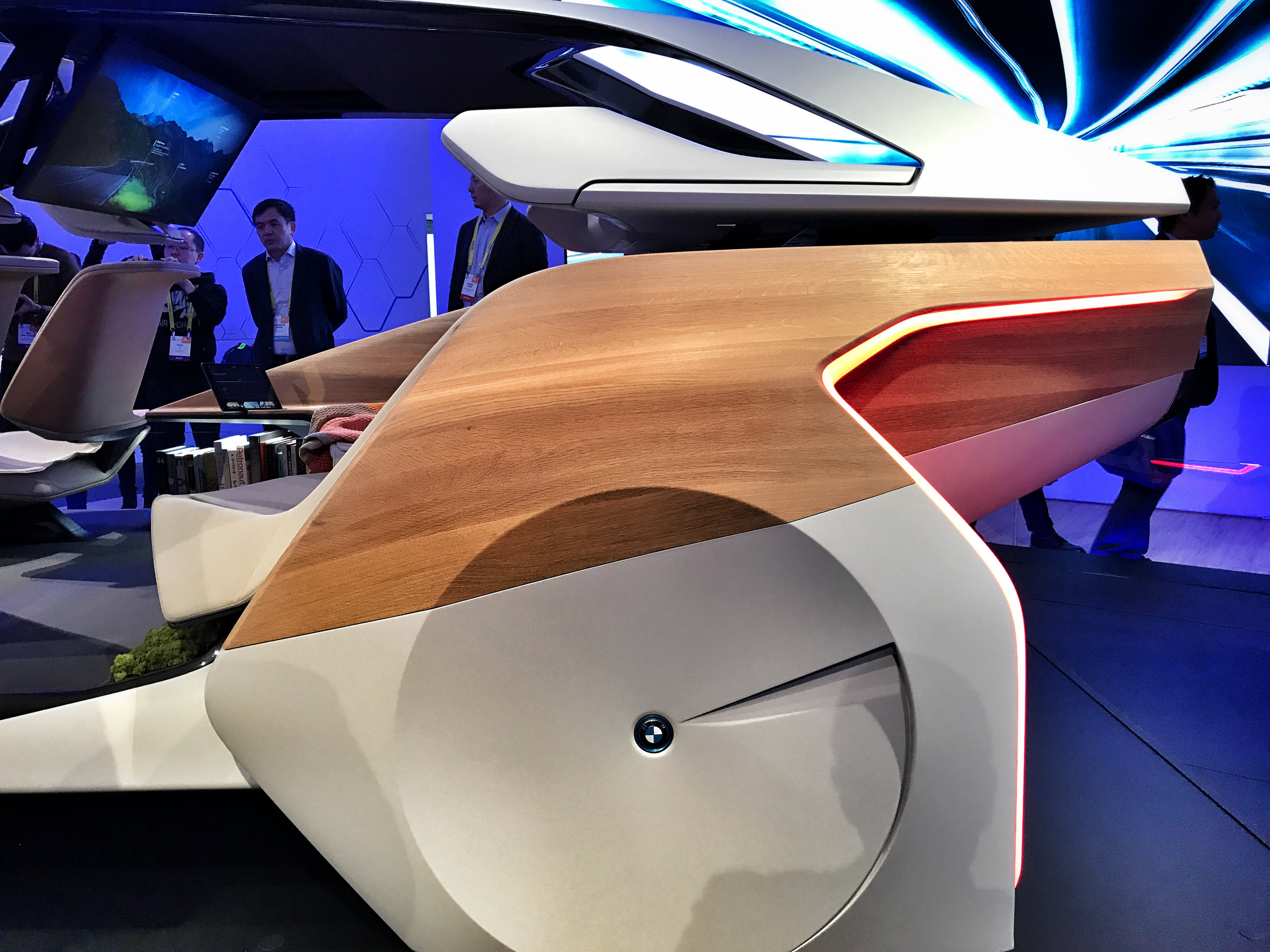I’ve always been of the opinion that if bad Photoshopping and typography doesn’t make your blood boil then you shouldn’t be a designer. If you can sit on the tube opposite an ad featuring poorly-kerned letters or view a Frankenstein comp of a ‘lead character when young’ movie prop photo and still not twitch, you are creatively dead inside.
Slink away now if you’re unmoved by either example, or hang around and get motivated.
The role of designer has changed beyond all recognition since leaving college (it’s moved fast, I’m not THAT old). What’s graphic design then? Well it used to be relatively easy to define when ‘digital’ wasn’t in play. Brand design, brochures, editorial layouts, posters, flyers and packaging for starters.
That list still exists but most brochures are now interactive, from PDF’s to iBooks with websites either replicating or delivering the same. Great editorial layouts are still essential within tablet magazines and ebooks as the eye is arrested by the skilful juxtaposition of stunning images and intelligent typography. Posters work on various levels, from the 48-sheet variety now on many digital Jumbotrons and underground screens, to our ever-increasing screen sizes offering the scale previously reserved for printed posters. Flyers (unless from the local pizza deliver business) are emails, Facebook posts or Tweets. We’re a long way from losing packaging from our high streets and out of town stores, but the online marketplace offers many more virtually packaged download opportunities.
So, who cares? Things change, technology advances and forces us to move with it. That’s one take, leading to the sloppy Photoshop, branding and layouts that make me want to punch inanimate objects (or designers). This attitude can be brought on by creatives who don’t live and breathe design and clients who believe our computers do all the work for us.
Snap out of it and appreciate the incredible opportunities to not only design great visual experiences, but now bring them to life as incredible user experiences. The graphic design label got scrapped, welcome to the wonderful new world of design where the brief to create postage stamps became the task to build iconic icons or miniaturised album covers and book jackets, where the fight to be seen and remembered provides the ultimate pixel-pushing challenge.
Wearable technology and Smart TV will provide your new playgrounds so start thinking about future opportunities to make a design difference.
Knock down the mental barriers and apply great design thinking to everything you do. Don’t assign different standards to different work or clients – we live in a world where a local butcher can have as much global visibility as Wallmart. The world’s eyes are on your kerning, your cut-outs and your colour palette.
Originally published in Computer Arts magazine in 2013. Hasn't aged a bit!







